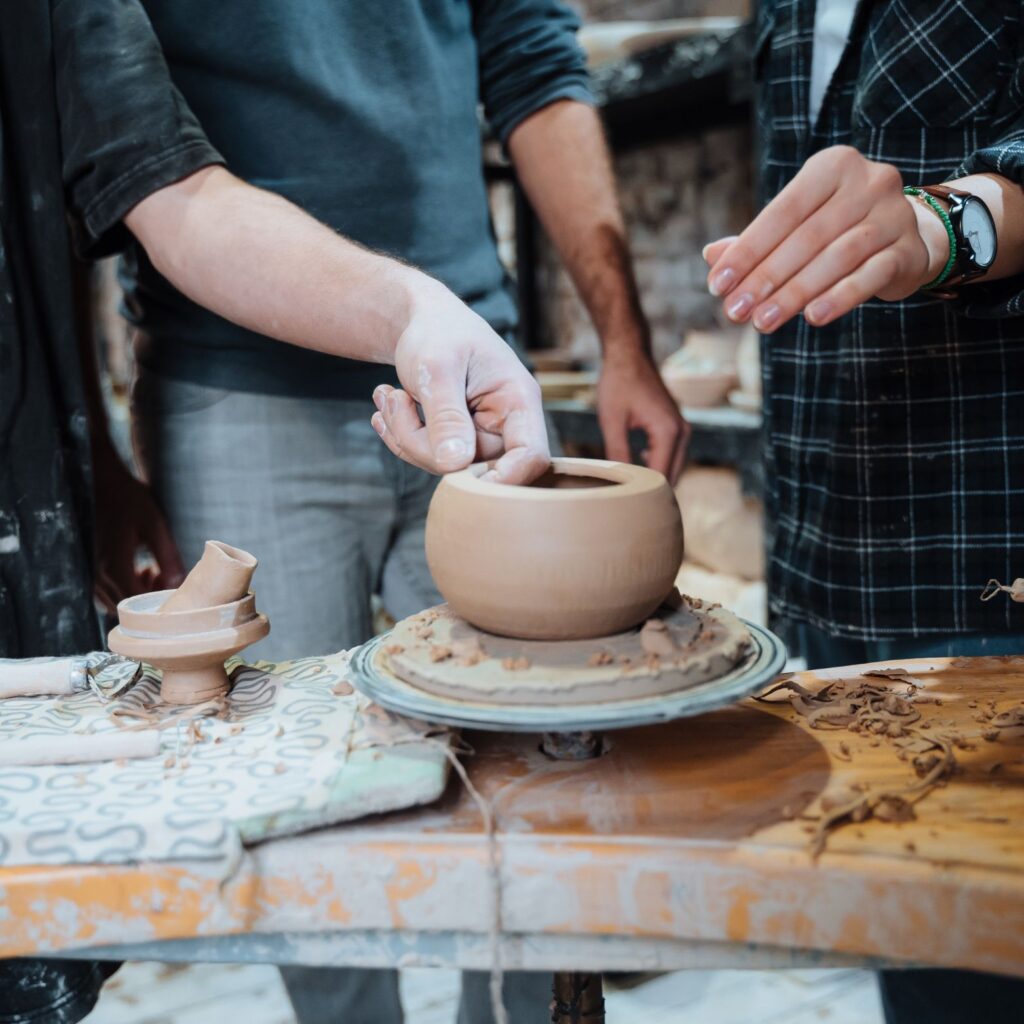Your cart is currently empty!
Home
Discover Table Rock Arts & Wellness Alliance
The Table Rock Arts and Wellness Alliance (TRAWA) is a collaborative initiative with a science-based public health mission: to improve community health through the transformative power of the arts. By integrating creativity, wellness practices, and local partnerships, TRAWA fosters an inclusive environment that nurtures physical, mental, and social well-being.
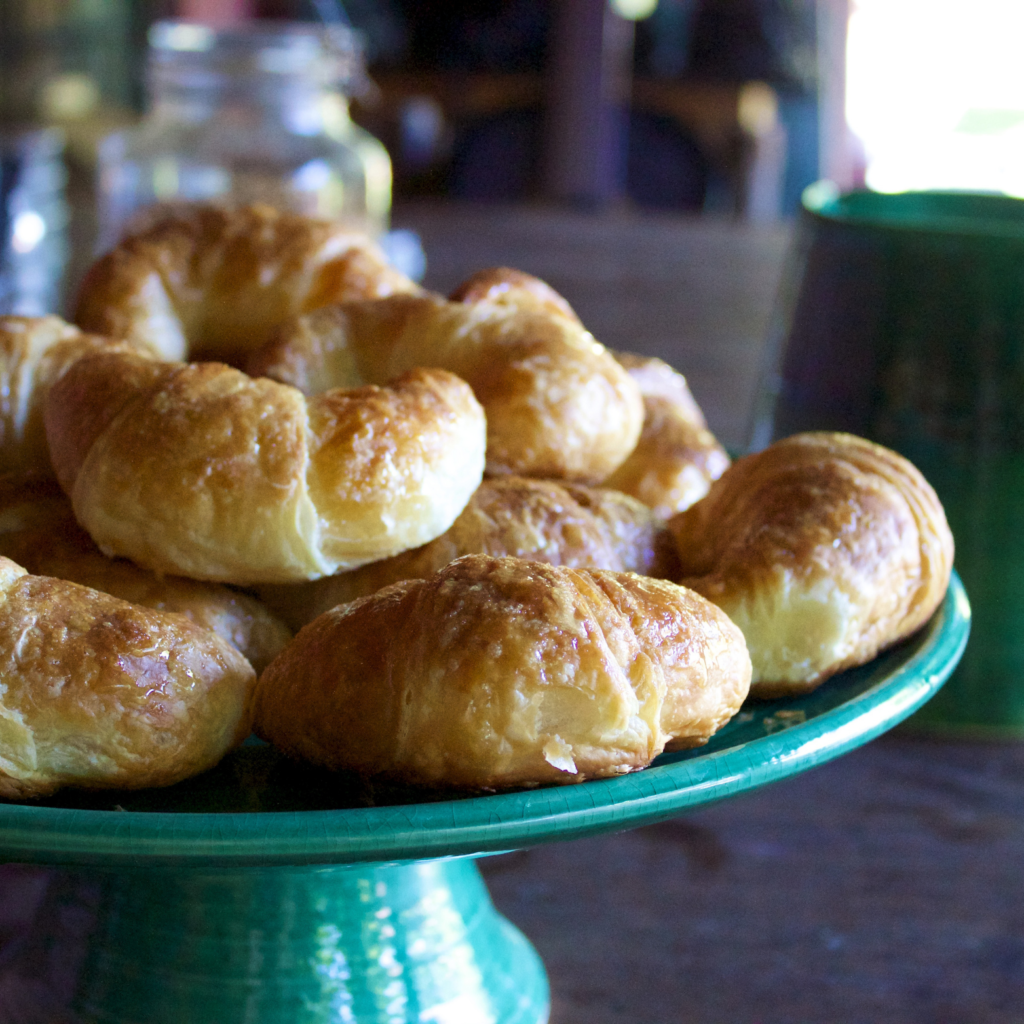


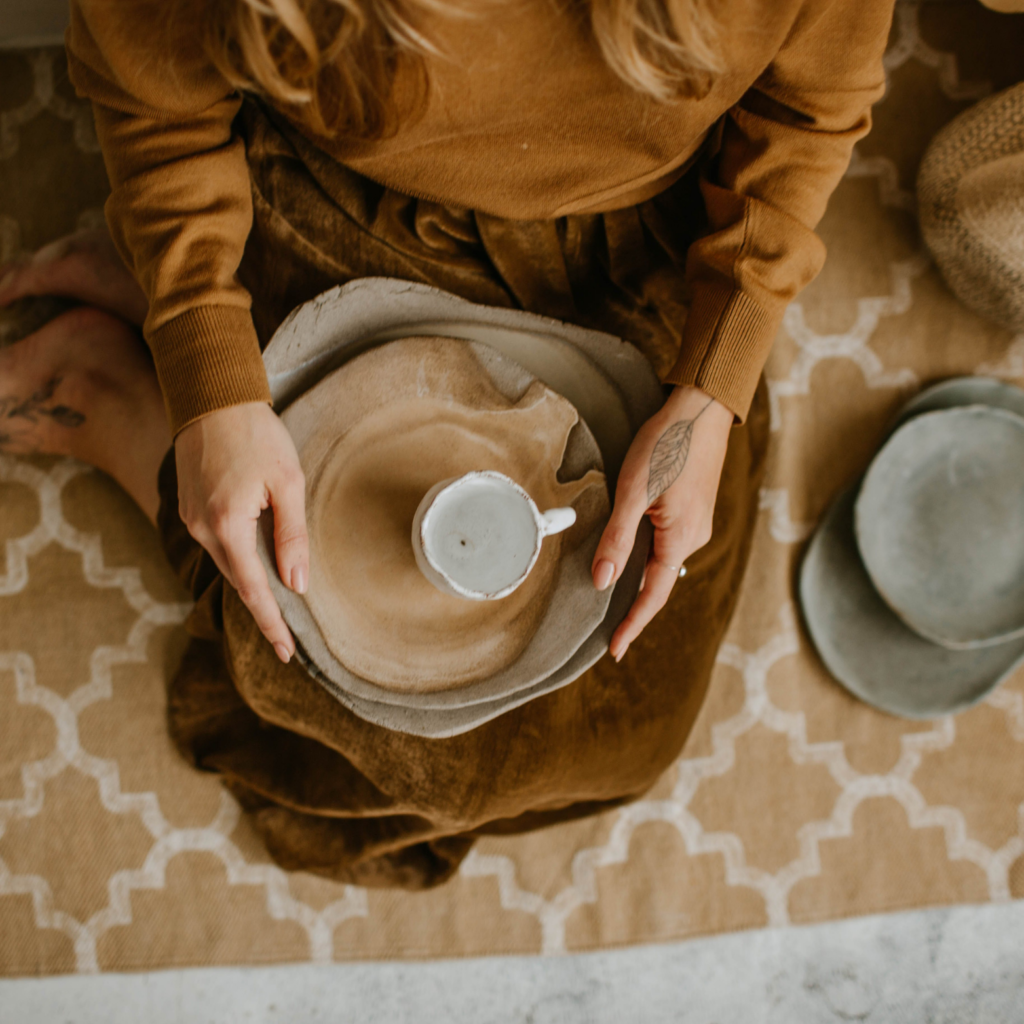
Explore Our Programs
TRAWA offers a diverse range of programs designed to inspire creativity, promote wellness, and strengthen community connections. Click below to learn more about each area of focus:

Wellness Workshops

Art Shows
Rotating exhibitions featuring local artists, with opportunities to showcase your work and engage with the community

Agriculture Programs

Educational Programs

Community Gatherings
Benefits of Joining TRAWA
Enhance Your Life and Your Community
Joining TRAWA is more than a membership—it’s a way to improve your well-being and contribute to a healthier, more connected world.
- Reduce Stress and Boost Mental Health: Engage in creative and mindfulness activities proven to lower stress and improve emotional resilience (Kaimal et al., 2016).
- Build Lasting Connections: Meet like-minded individuals and form meaningful relationships that support your personal and professional growth (Holt-Lunstad et al., 2010).
- Learn New Skills: Participate in workshops and programs that enhance creativity, wellness practices, and life skills (Valenzuela & Sachdev, 2006).
- Promote Community Health: Contribute to initiatives that make art and wellness accessible to all, fostering equity and inclusion (Minkler & Wallerstein, 2008).
- Access Exclusive Opportunities: Join exhibitions, discounted wellness events, and members-only gatherings.
Join the Alliance – It’s FREE!
Together, we create. Together, we thrive.
Membership is free, inclusive, and designed to help you thrive. Whether you’re an artist, a wellness practitioner, a farmer, or someone passionate about building stronger communities, TRAWA is the place for you.

Benefits of Joining TRAWA


Enhanced Mental Health and Stress Reduction
- Evidence: A study published in Art Therapy: Journal of the American Art Therapy Association found that 45 minutes of creative activity reduced cortisol levels, a key indicator of stress, regardless of participants’ artistic skill level (Kaimal et al., 2016).
- How TRAWA Helps: Access free or discounted art and wellness programs designed to support mental well-being.






Strengthened Social Connections
Social isolation is a major determinant of poor health outcomes. TRAWA fosters community connections through group activities, networking events, and collaborative projects, creating opportunities to build meaningful relationships.
- Evidence: Research published in PLoS Medicine highlights that strong social ties are associated with a 50% increased likelihood of survival, comparable to quitting smoking (Holt-Lunstad et al., 2010).
- How TRAWA Helps:Meet like-minded individuals through our Alliance and engage in activities that strengthen your sense of belonging.

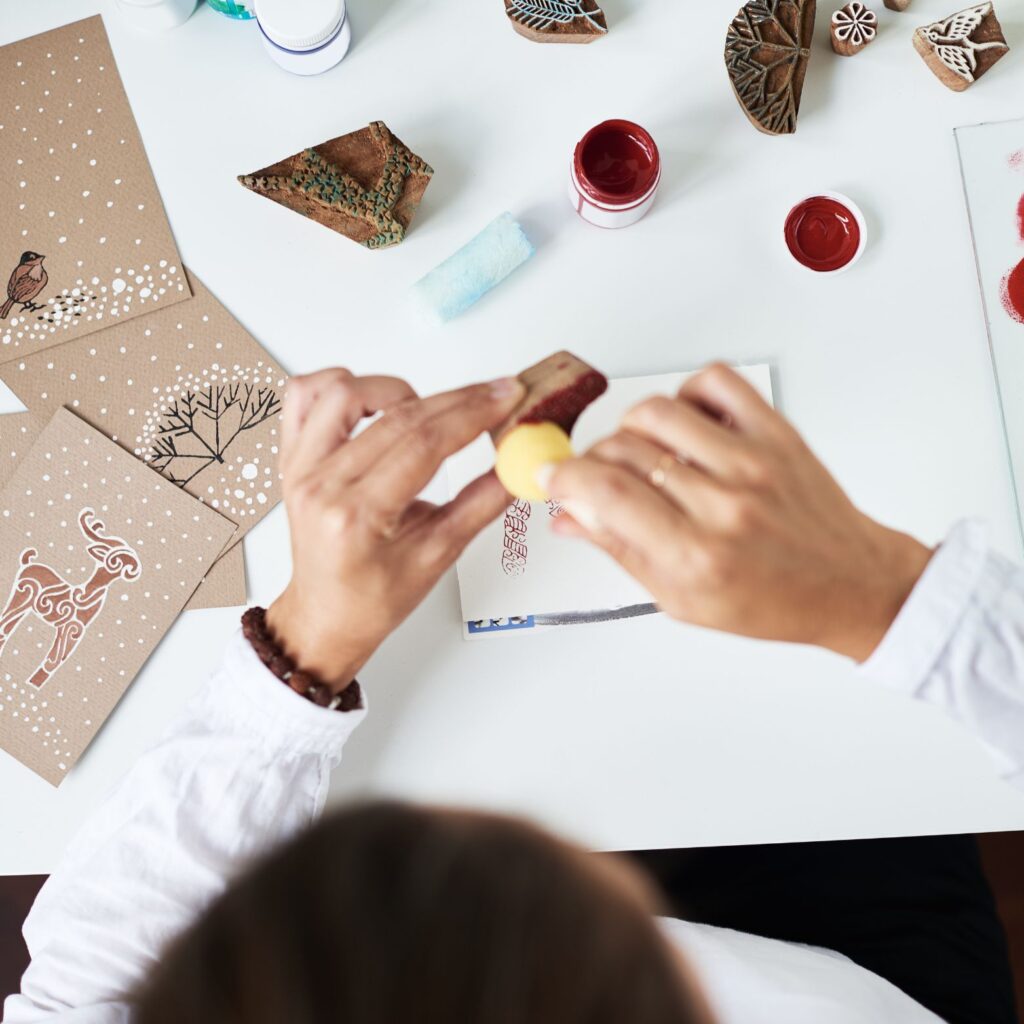
Access to Creative Outlets for Emotional Processing
Art provides a non-verbal way to process emotions, which is particularly beneficial for individuals facing anxiety, trauma, or depression. TRAWA supports members with opportunities for self-expression and personal growth.
- Evidence:Studies show that engaging in art-making stimulates brain regions involved in self-reflection and emotional regulation, leading to improved psychological health (Frontiers in Psychology, Bolwerk et al., 2014).
- How TRAWA Helps:Participate in art workshops and gallery opportunities to express yourself and find emotional release.






Promotion of Physical Wellness
Many of TRAWA’s wellness events, such as yoga and mindfulness workshops, integrate physical activity into creative practices, promoting overall health.
- Evidence: Mind-body interventions, including yoga and meditation, have been shown to reduce inflammation and improve cardiovascular health (Psychosomatic Medicine, Bower & Irwin, 2016).
- How TRAWA Helps: Enjoy free or discounted access to wellness programs designed to improve physical and mental health.


Educational Opportunities for Growth
- Evidence: Lifelong learning has been associated with better cognitive function and reduced risk of dementia (International Psychogeriatrics, Valenzuela & Sachdev, 2006).
- How TRAWA Helps: Join workshops, lectures, and events that blend creativity with health science to support lifelong learning.






Contribution to Health Equity and Community Resilience
TRAWA’s mission aligns with principles of health equity, aiming to provide accessible opportunities for underserved populations. By joining, members actively contribute to a healthier, more resilient community.
- Evidence: Community-based participatory programs improve public health outcomes by addressing systemic barriers (American Journal of Public Health, Minkler & Wallerstein, 2008).
- How TRAWA Helps: Be part of a movement that makes art and wellness accessible to all, ensuring inclusivity and impact.

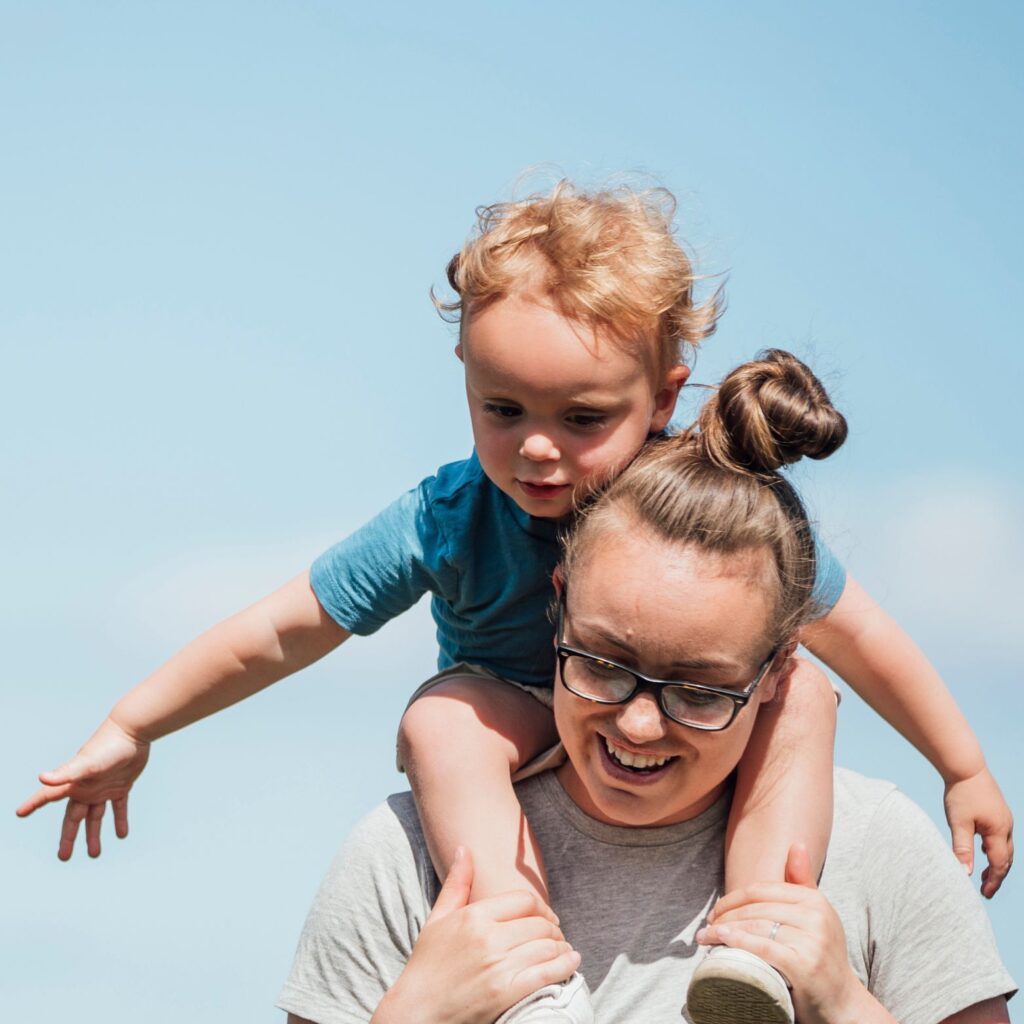
Improved Sense of Purpose and Fulfillment
Engaging in community-driven initiatives provides a sense of purpose, which is linked to greater overall well-being.
- Evidence: Research published in The Lancet demonstrates that individuals with a strong sense of purpose experience lower levels of stress and longer life expectancy (Hill et al., 2014).
- How TRAWA Helps: Collaborate on meaningful projects and events that leave a lasting impact on your community.






Join TRAWA Today
Membership is free, inclusive, and evidence-based—designed to enhance your personal well-being while contributing to community health. Together, we can build a brighter, healthier future through the arts and wellness.
Citations
- Kaimal, G., Ray, K., & Muniz, J. (2016). Reduction of Cortisol Levels and Participants’ Responses Following Art Making. Art Therapy: Journal of the American Art Therapy Association.
- Holt-Lunstad, J., Smith, T. B., & Layton, J. B. (2010). Social Relationships and Mortality Risk: A Meta-analytic Review. PLoS Medicine.
- Bolwerk, A., Mack-Andrick, J., Lang, F. R., Dörfler, A., & Maihöfner, C. (2014). How Art Changes Your Brain: Differential Effects of Visual Art Production and Cognitive Art Evaluation on Functional Brain Connectivity. Frontiers in Psychology.
- Bower, J. E., & Irwin, M. R. (2016). Mind-body Therapies and Control of Inflammatory Biology: A Descriptive Review. Psychosomatic Medicine.
- Valenzuela, M. J., & Sachdev, P. (2006). Brain Reserve and Cognitive Decline: A Non-parametric Systematic Review. International Psychogeriatrics.
- Minkler, M., & Wallerstein, N. (2008). Community-Based Participatory Research for Health. American Journal of Public Health.
- Hill, P. L., & Turiano, N. A. (2014). Purpose in Life as a Predictor of Mortality Across Adulthood. The Lancet.
